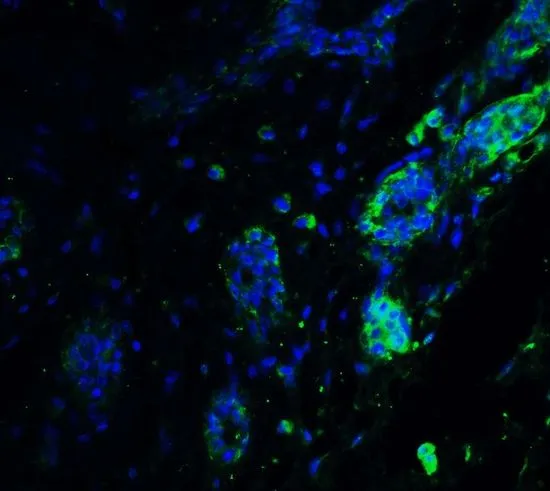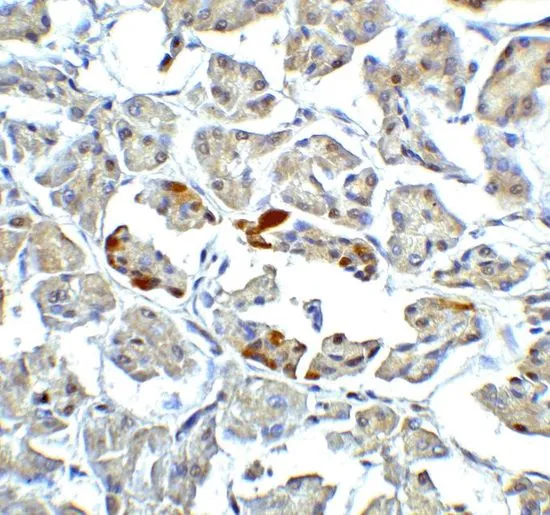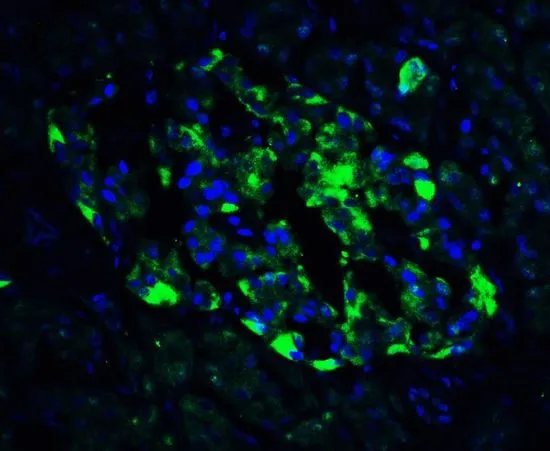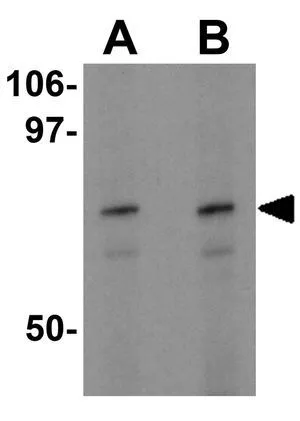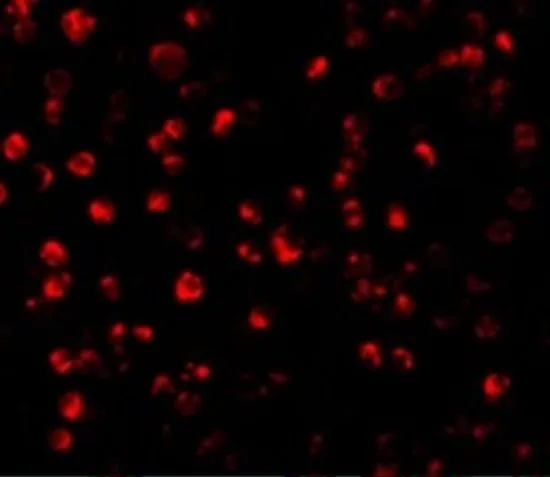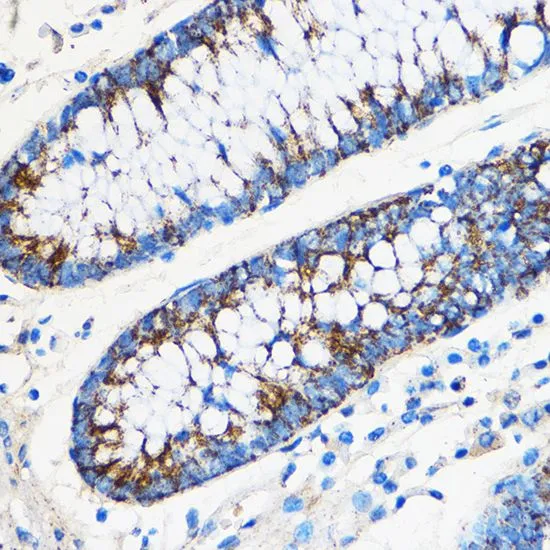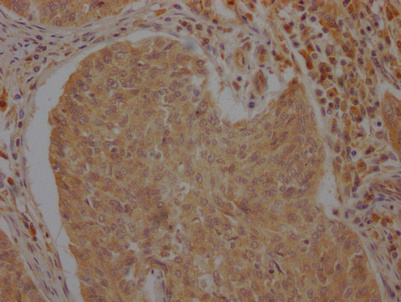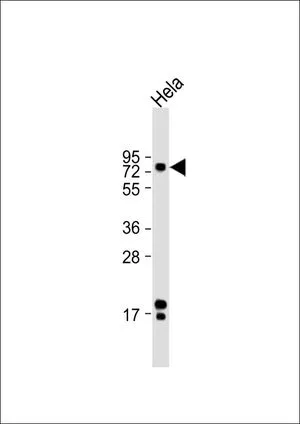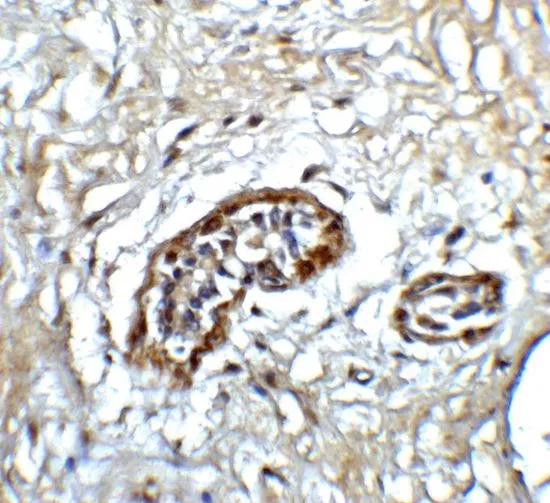
IHC-P analysis of human breast tissue using GTX31729 ATF6 antibody. Working concentration : 5 microg/ml
ATF6 antibody
GTX31729
ApplicationsImmunoFluorescence, Western Blot, ELISA, ImmunoCytoChemistry, ImmunoHistoChemistry, ImmunoHistoChemistry Paraffin
Product group Antibodies
TargetATF6
Overview
- SupplierGeneTex
- Product NameATF6 antibody
- Delivery Days Customer9
- Application Supplier NoteWB: 0.5 - 1 microg/mL. ICC/IF: 10 microg/mL. IHC-P: 5 microg/mL. *Optimal dilutions/concentrations should be determined by the researcher.Not tested in other applications.
- ApplicationsImmunoFluorescence, Western Blot, ELISA, ImmunoCytoChemistry, ImmunoHistoChemistry, ImmunoHistoChemistry Paraffin
- CertificationResearch Use Only
- ClonalityPolyclonal
- Concentration1 mg/ml
- ConjugateUnconjugated
- Gene ID22926
- Target nameATF6
- Target descriptionactivating transcription factor 6
- Target synonymsACHM7; ATF6A; cAMP-dependent transcription factor ATF-6 alpha; cyclic AMP-dependent transcription factor ATF-6 alpha
- HostRabbit
- IsotypeIgG
- Protein IDP18850
- Protein NameCyclic AMP-dependent transcription factor ATF-6 alpha
- Scientific DescriptionThis gene encodes a transcription factor that activates target genes for the unfolded protein response (UPR) during endoplasmic reticulum (ER) stress. Although it is a transcription factor, this protein is unusual in that it is synthesized as a transmembrane protein that is embedded in the ER. It functions as an ER stress sensor/transducer, and following ER stress-induced proteolysis, it functions as a nuclear transcription factor via a cis-acting ER stress response element (ERSE) that is present in the promoters of genes encoding ER chaperones. This protein has been identified as a survival factor for quiescent but not proliferative squamous carcinoma cells. There have been conflicting reports about the association of polymorphisms in this gene with diabetes in different populations, but another polymorphism has been associated with increased plasma cholesterol levels. This gene is also thought to be a potential therapeutic target for cystic fibrosis. [provided by RefSeq, Aug 2011]
- Storage Instruction-20°C or -80°C,2°C to 8°C
- UNSPSC12352203
References
- Exosomal secretion of alpha-synuclein as protective mechanism after upstream blockage of macroautophagy. Fussi N et al., 2018 Jul 9, Cell Death DisRead more

